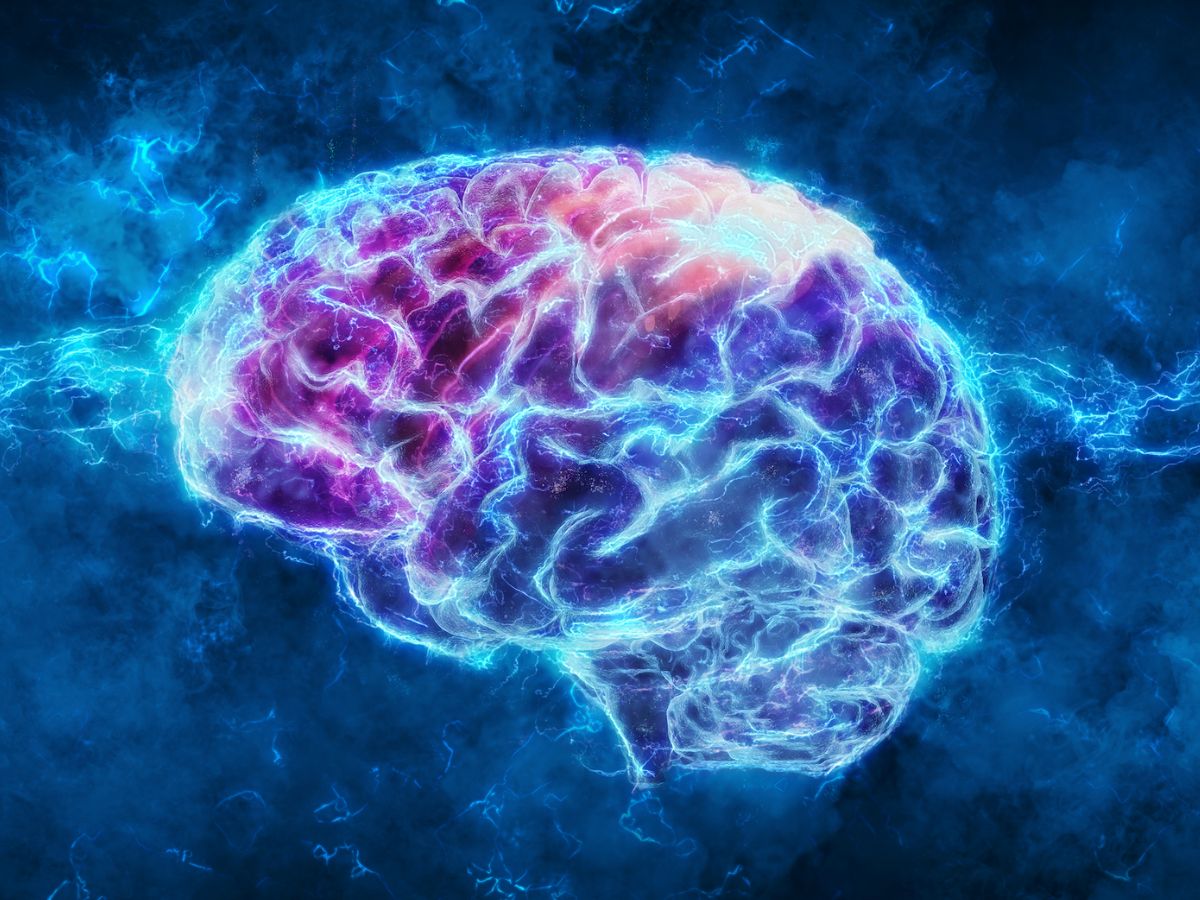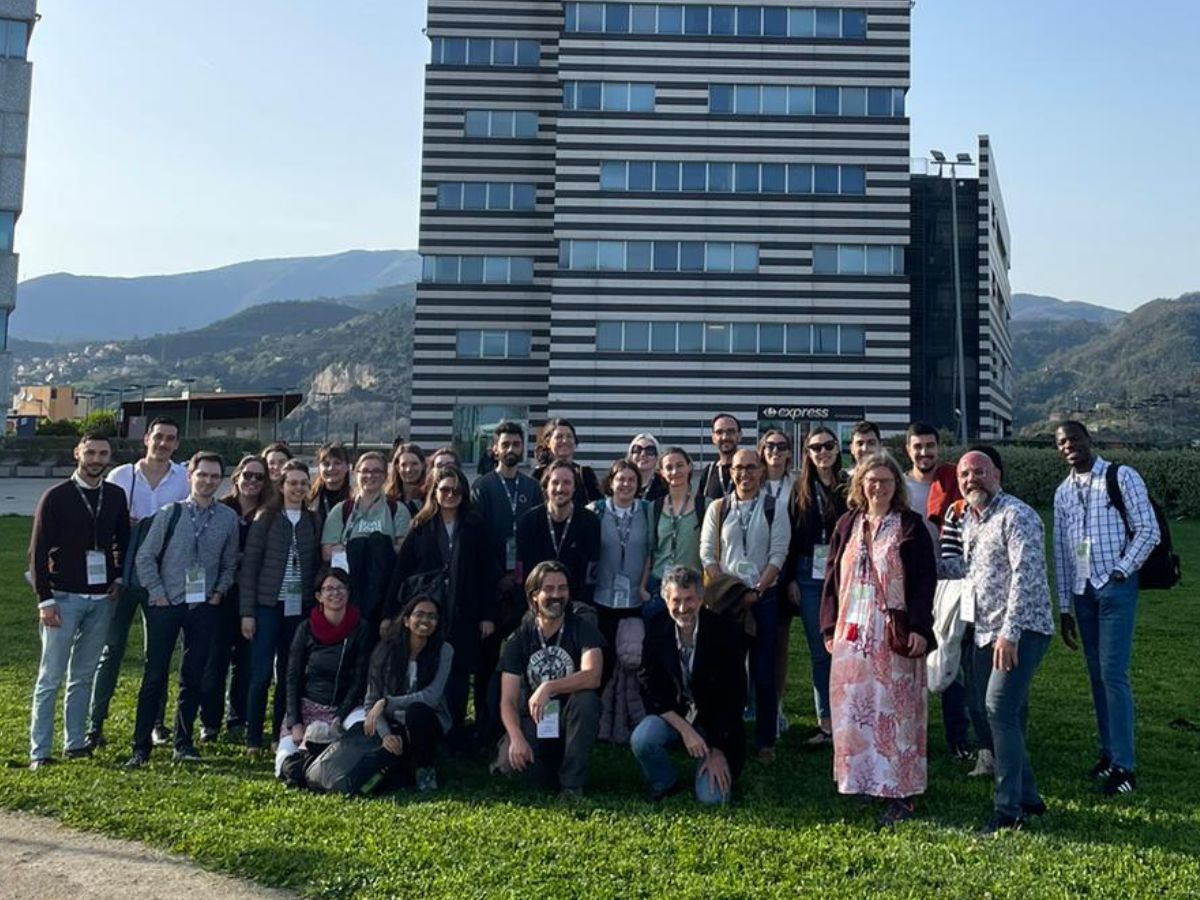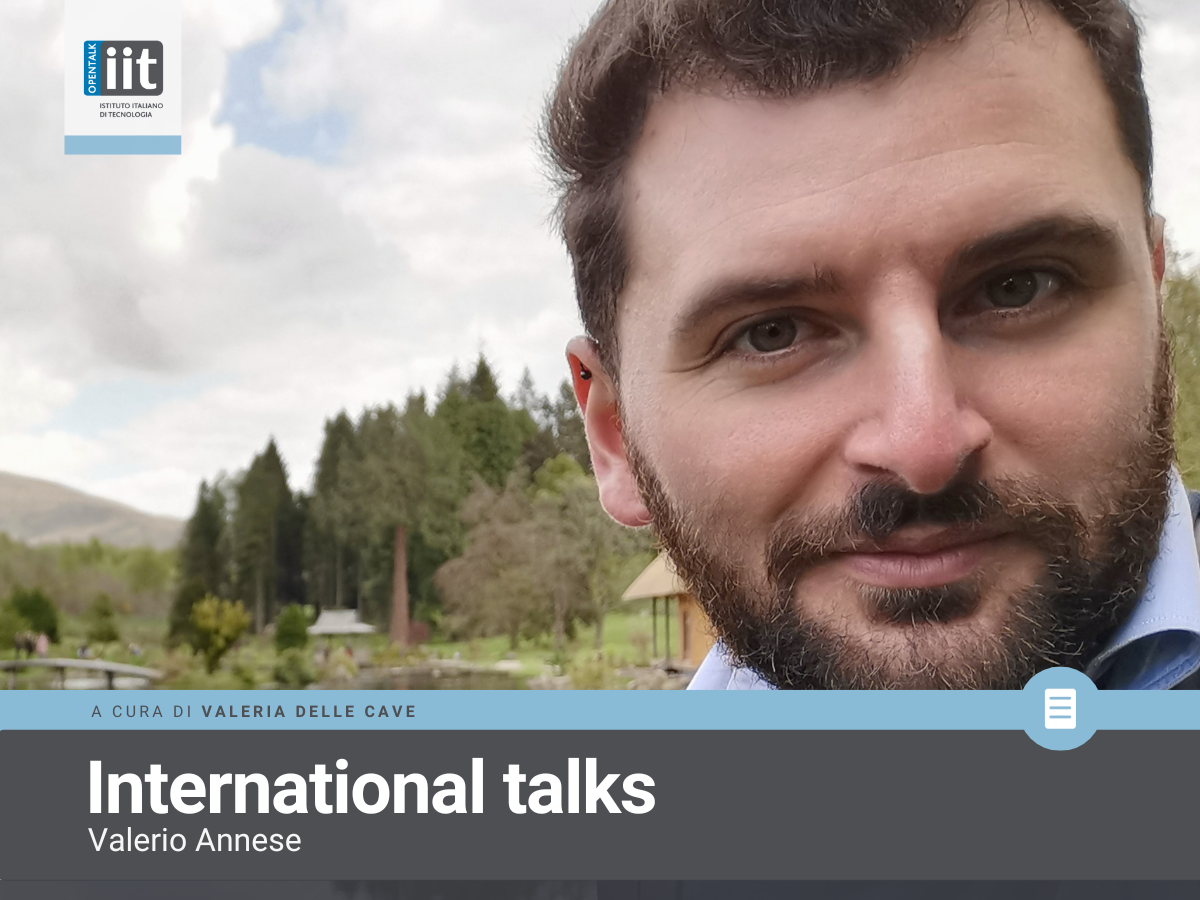Interview with Giorgio Metta, Scientific Director of IIT
We thank Claudio Semini, Head of the Dynamic Legged Systems lab of IIT for his collaboration
An explosion occurred on April 26, 1986 at the Lenin Chernobyl nuclear power plant in Ukraine. At first the event was downplayed by the Soviet authorities but with the passing of the days, the story was told with increasing apprehension until it became the drama that we still remember today. Talking about it today is no coincidence when the entire globe has been hit by a pandemic that has in contagion the same ancestral and, so far, uncontrollable force. With Chernobyl, the term contamination and the idle advice to avoid it appeared perhaps for the first time in such dramatic and perhaps underestimated terms.But Chernobyl, and this is the analysis that we propose, became the laboratory in which technological skills and human intervention are measured with the dramatic and costly victory of the latter. In Chernobyl, the heroic intervention of those who tried to document the disaster journalistically was consumed immediately after the disaster. A photojournalist from the Novosti agency, Igor Kostin, and a documentary director, Vladimir Shevchenko, flew over the reactor at different times. When they developed their films they both found them opaque or even black. They thought it was a manufacturing defect, but when Igor Kostin had to throw two Nikons away because they were jammed and unusable he realised that the effect of the radioactivity was far higher than what had been officially declared. The first photo of the reactor that Igor managed to print holds the image fourteen hours after the explosion. It is a grainy image which, despite the poor technical resolution, expresses the drama of the tragedy and an idea of powerlessness and death that only the film series produced last year managed to restore thanks to meticulous reconstruction work. The director Shevchenko managed to create a 54-minute film, “The Chronicles of Difficult Weeks”, marked by the light and sound interference created by the immense radioactive force. The work of Shevchenko, who died a decade after the explosion from the effect of accumulated radiation, is described as being pervaded by “syncopated spectrality”.But the difficult analysis through authentic documentation offers us the opportunity to involve our Scientific Director. As will be remembered, the explosion created a build-up of radioactive debris on the roof of the plant. It was an actual radioactive bomb that had to be quickly disposed of. Some men tried with shovels and picks, but they ended up first in the hospital and then in the morgue. Hope came when the world media announced the arrival of robots that would solve the problem. But the disclosed level of radiation was false and the machines hoisted onto the roof stopped immediately. One unforgettable image is that of a car that surrendered by falling from the roof. The debris was disposed of by the men who with shifts marked by a siren toss shapeless masses below with shovels while the dosimeters indicate 10,000 rontgen. Many would die and veterans today receive seventy roubles a month in aid.With the evolution of robotics today, would it have been possible to avoid the tragedy that followed the explosion?Robotics in the field of emergency management is advancing very quickly. But I don’t objectively believe that today we would be ready to face a disaster of such proportions. After Chernobyl, unfortunately, there have been other occasions when robotics could support humans, just think of the Fukushima disaster in Japan, the recent earthquakes, fires or problems due to bad weather in recent years. Still, robots have not become a tool as have other “work tools”. Of the numerous studies carried out by the international scientific community, none to date has produced a robot that is reliable in any situation that can really help man in managing these disasters. But I can say that there is ongoing work.Could robots built to be engaged in various possible disasters be used in a nuclear accident?The technological challenge is indeed very complex. There are many promising prototypes and our Institute is aligned with what is being done in the world in this area. In our laboratories, for example, we have the Centauro robot, the result of the European project of the same name and HyQ Real, developed with the support of the European Union as part of the ECHORD++ project; the quadruped robot, two robots that, thanks to the collaboration of the Fire Brigade and Civil Protection Department among others, will be able to help humans in the event of fires, earthquakes, floods, floods or malfunctions of nuclear power plants. Especially for the latter scenario, a few more years of experimentation are still necessary, even if by now the nuclear accident is one of the scenarios that are used for the development, design and experimentation of this type of robot. Research in the field of materials in this sense will certainly give a great help to robotics to build devices that are radiation-proof, heatproof, watertight and dustproof. I am sure that in the coming years we will be able to support man even in these extreme scenarios, also increasing the degree of safety in the workplace. In this regard, we must not forget that INAIL (the Italian National Institute for Insurance against Accidents at Work) is investing many financial resources into numerous high-tech projects in this area, demonstrating a forward-looking and concrete approach.In Chernobyl bio-robots were used, i.e. men. Never as in this case has man seemed irreplaceable and this tragically contradicts the idea that robots take work away from man; in this case this would have been nothing but positive. Even considering the emergency we are experiencing, isn’t it time to take a different position on new technologies considering the employment and ethical issues with an open mind?In fact there were many rumours, once opposed to the use of robots, who asked themselves, “Where are the robots in this pandemic?” This is a question that has also been addressed on prestigious international sector publications such as Science Robotics and it certainly raises important issues. The first is the issue of investment: ongoing investment and long-term programmes are needed to introduce robotics more massively into production activities; the second is the culture of innovation: if the business sector received greater incentives from governments for the modernisation of plants, we could more effectively transfer the fruits of research to the market. If we had been more forward-looking at the global level, perhaps the activities of primary importance today would not have stopped but would have continued thanks to remote control, allowing the economy not to come to a complete standstill. Obviously this does not disregard the ethical and social problems that must always be addressed in any case. Robotics must always keep the human being and his needs at the centre and despite the giant steps in the development of AI algorithms, nothing will ever take the place of the (almost always) wonderful cognitive machine that evolution has led us to be.Remembering Chernobyl, we want to commemorate all those who with heroic self-sacrifice helped in obtaining a controlled outcome to that tragedy, but we cannot forget that these accidents have allowed scientists to greatly improve the safety levels of the plants and in general to study technologies that can be used when man is in trouble.





